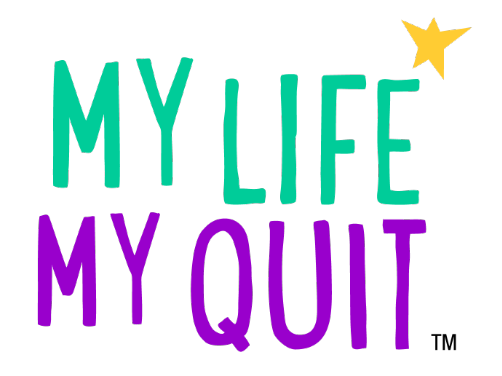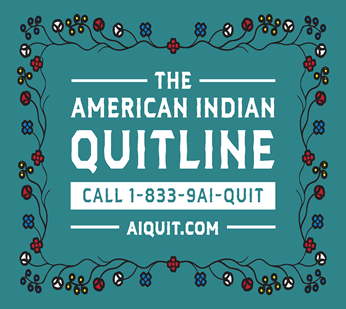Quitting also helps protect family and friends who may be exposed to secondhand smoke or aerosol from vaping, especially infants and those who may have asthma or other chronic health issues.
Looking and feeling better
Not only may quitting prevent bad breath, stained teeth, and premature wrinkles, it decreases the risk of many commercial tobacco-related health consequences. What's more, the human body begins to heal within just minutes of quitting:
- Within 20 minutes, heart rate and blood pressure drop.
- After 1-9 months, coughing and shortness of breath decrease.
- After 1 year, the risk of coronary heart disease is about half that of a person who smokes.
- After 5 years, risk of stroke is reduced.
- After 10 years, the risk of lung cancer falls to about half that of a person who smokes and the risk of cancer of the mouth, throat, esophagus, bladder, cervix, and pancreas decreases.
Learn more: Commercial Tobacco Use and Your Health
Protecting family and friends
Secondhand smoke causes early death and disease in both children and adults who do not smoke. There is no safe level of exposure to secondhand smoke. Children and infants exposed to secondhand smoke may experience:
- A greater risk for sudden infant death syndrome (SIDS).
- More frequent and severe asthma attacks.
- Ear infections.
- Respiratory infections, like pneumonia or bronchitis.
- Respiratory symptoms like coughing, sneezing, wheezing, and shortness of breath.
Learn more: Secondhand Smoke and Aerosol
Saving money
After quitting, money normally spent on commercial tobacco products, like a pack of cigarettes, could be spent on other things, such as paying off bills, new shoes or clothes, or even a much-needed vacation. Additionally, quitting now may help prevent costly medical bills down the road.
How much do cigarettes cost you? Find out using this Savings Calculator from Quit Partner.
Learn more


